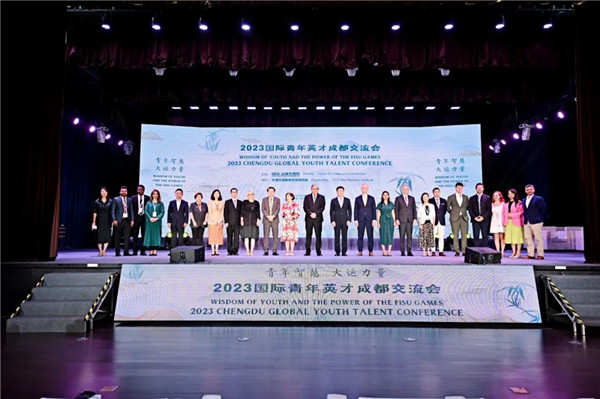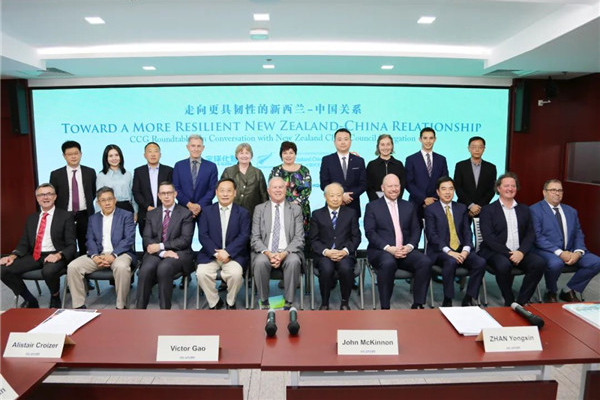How does fashion industry seek opportunities in the pandemic?
As COVID-19 pandemic spreads globally, both supply and demand side of the global fashion industry has experienced unprecedented impact. As one of the pillar industries of the national economy, the stable operation of the fashion industry is of great significance for ensuring people’s livelihood and employment, same for the multinationals that pay great attention to China’s business environment and massive market.
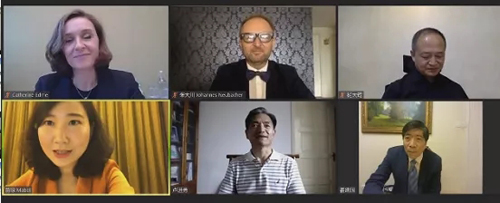
On June 9, the Center for China and Globalization (CCG) and Women’s Wear Daily (WWD), international fashion media, co-organized a webinar with the theme of “New opportunities for China’s fashion industry after the Two Sessions.” In this webinar, experts from relevant industries conducted in-depth discussions on international fashion brands’ development in China, supply chain reconstruction and other topics with the analysis of Report on the Work of the Government. It is featured in the activity series for CCG global fashion and culture research center.
Seizing opportunities among the pose-two-session environment
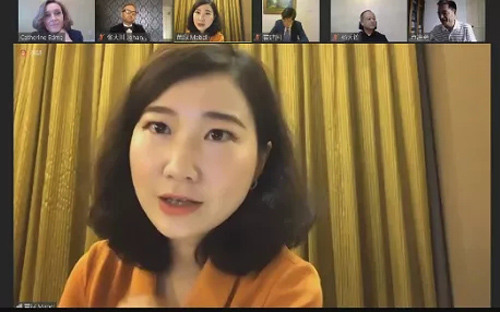
Co-Founder and Secretary-General of CCG Mabel Miao said the fashion industries should promote fashion as an important consumption trend or factor to consumers. She added that the government has also encouraged this new consumption trend and boost market confidence by issuing a series of policies, guiding new consumption hot spots. Meanwhile, we shall pay more attention to intellectual property protection (IPR). She noted that the fashion industries have a bright future in the Chinese economy and can make great efforts in stimulating post-pandemic consumption during the process of economic recovery.

Huo Jianguo, CCG nonresident senior fellow and former director of Chinese Academy of International Trade and Economic of Ministry of Commerce, made points that the destructive impact of the pandemic on the economy and the overall consumption displacement made the recovery of market industries dependent and hard. He said that there are considerable pressures to recover the economy and even the detailed goals on GDP growth rate has not been published during the Two Sessions.
He further suggested that foreign-invested enterprises can be supported by the local government with supportive policies as other national companies are regarding the current difficulties encountered by enterprises. Also, it is significant to maintain the development of foreign development under the pressure of a potential “decoupling” with the US, though it is not practical to have a completely “decouple”. Besides, we are indeed facing some new adverse factors, including possible adjustment of the global industrial chains during the pandemic, the greater efforts of the US “decoupling”, and some significant decline in the global economy.
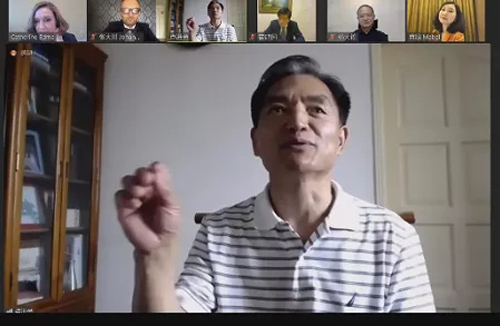
Lu Jinyong, CCG nonresident senior fellow and professor at School of Trade and Economics in the University of International Brassiness and Economics, said that at present, the country clearly proposes to encourage the development of the so-called “street-stall economy”, and fashion consumption can also rapidly develop in this special period. He suggested that to promote fashion culture and style, the government can introduce relevant policies to stimulate the fashion industry and fashion consumption. At the same time, we should emphasize cultural elements, making some adjustments and changes in our original culture, including appreciation, praise and support of the idea of fashion and its consumption.
He stressed that there is another very important point-to build brands, since it is necessary for middle and high-end products. He suggested that in addition to the protection of intellectual property rights, we should pay special attention to maintain the continuous brand cultivation, because only when the brand is established in the hearts of consumers, will consumers be loyal to it.
Technological innovation and strategic upgrading
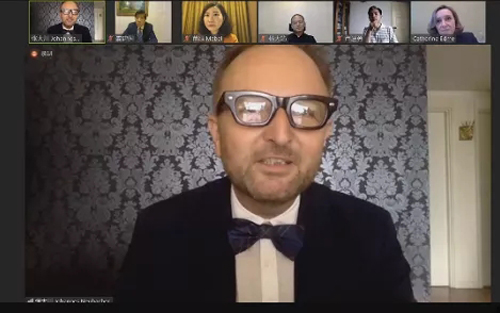
Zhang Dachuan, chief content officer and vice president of WWD said that the whole fashion industry stayed easeful in the past few years, and enterprises developed products with the same strategic logic, but the current changes in the Chinese market draw attention from foreign enterprises. He said that with the rapid development of new media and technology in China, the world is expecting to learn things from China. He added that the International Monetary Foundation (IMF) has predicted that China’s economic growth will return to 9.2% in 2021, which also reflects the world’s confidence in the long-term development of China’s economy. This is another reason why the world market, especially the fashion and clothing industries, is paying close attention to China. He explained that they are looking at how the Chinese market will restart and how it will change after the pandemic.
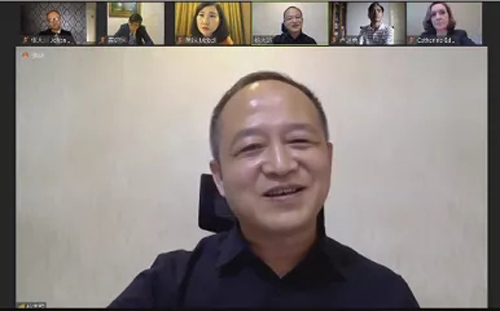
Yang Dayun, CEO of Uii International Cooperation, prominent fashion industry investor, and director of France SMCP Cooperation pointed out that digitalization is just a tool to improve the efficiency of the transaction, but it cannot subvert and change the effect of the transaction. He said that the role of digitalization is to establish more connections and communications with consumers through multiple means like live streaming and social network, to improve the volume of trades.
He said that with the development of the Internet, the market will be shortened in distance, time and space, with more unpredictable needs of consumers. He stressed that when consumption, product design and brand management start to overly rely on big data, the creativity-driven fashion industry will become less and less ingenious. He suggested that the fashion industry should also think about the future and the way toward the whole fashion market.
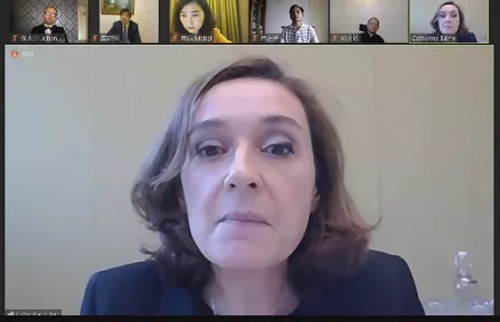
Catherine Edem, retail operation director of Value Retail China said that every brand, no matter where it is from, has different responses to the pandemic. Enterprises should pay attention to the experience of customers and explore two kinds of sales channels, online and offline. She said that now many brands begin to expand their functions to communicate with customers more conveniently. She suggested that each brand should develop “intelligently”instead of carrying out branches without sustainable plans. In addition, there is a great potential in the market with people over 50, and it remains to be upgraded and compartmentalized.
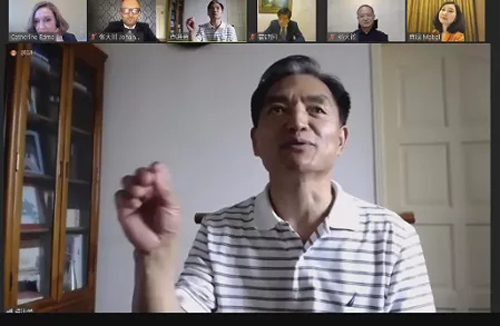
Lu Jinyong made concluding remarks and addressed that we need to develop domestic brands as meanwhile to learn from international fashion brands. He said that foreign enterprises generally have high popularity in the field of fashion and luxury consumption, with relatively advanced sales strategies. In addition, the use of cultural elements and concepts of foreign brands in design are many times worth learning, so we need to strengthen cooperation with them. He also said that through cooperation in the development of fashion economy, the fashion industry and fashion consumption, it will be bound to benefit our economic development, especially in the high-quality.

